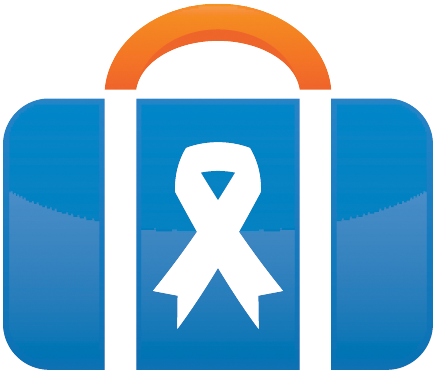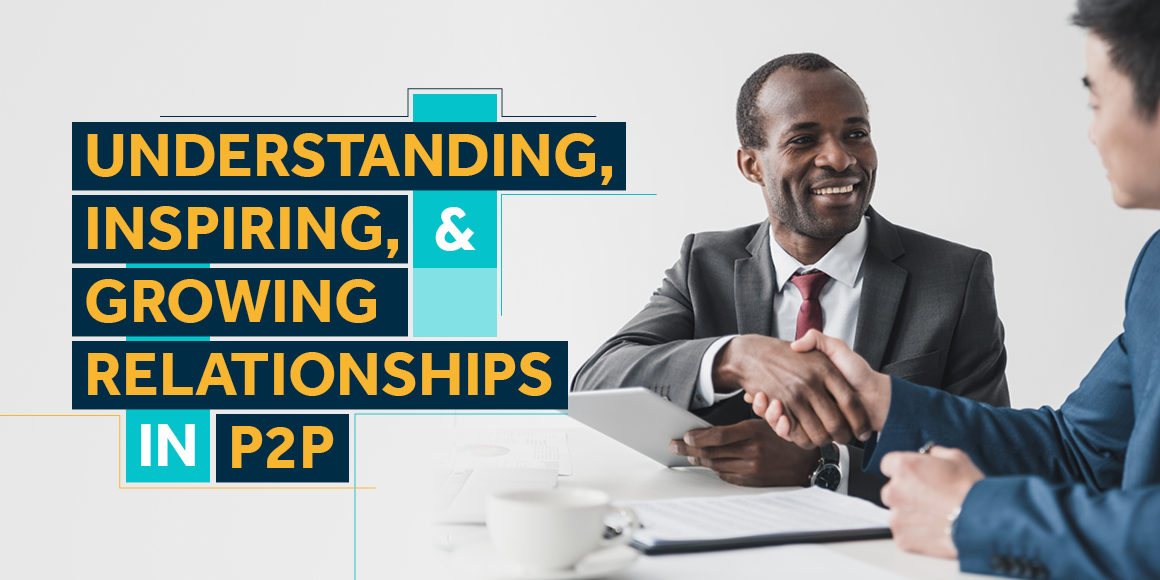Not long ago, nonprofits around the country pivoted their peer-to-peer fundraisers (P2P) to the virtual sphere seemingly overnight, and the “show went on” despite the global pandemic. However, there was a key element missing in this pivot: the ability to build relationships with the champion participants who showed up— rain or shine, in-person or via Zoom.
While we’re watching a slow transition to hybrid events happen in real-time (and, perhaps in the near-future, in-person events), the relationship-building aspect of P2P fundraising hasn’t yet recovered.
In this guide, we’re going to cover the topic of growing relationships with peer-to-peer fundraiser participants through the following points:
- The Challenge of Relationship Building in P2P Fundraising
- Raising Your Relationships with P2P Participants
- Understanding
- Inspiring
- Growing Relationships
Before we dive into the three main tenets of building relationships with P2P fundraisers, let’s first explore why the process is so challenging for many nonprofits. Let’s get started!
The Challenge of Relationship Building in P2P Fundraising
Peer-to-peer fundraiser participants are some of your organization’s most ardent supporters. These individuals aren’t just giving their own funds behind closed doors— they’re going out into their networks of friends, family members, and acquaintances and imploring them to do the same.
These participants are the people who spread the word about your mission with the goal of advancing your cause through collective action, so it makes sense that you’d want to retain them as supporters in the long run. It seems counterintuitive that it would be particularly difficult to build relationships with peer-to-peer fundraiser participants, but that’s the case for many nonprofits.
P2P fundraising in 2021 and beyond comes with a variety of obstacles on the relationship-building front, such as:
- Supporters are leading the charge. With a more traditional donation appeal, you’d be speaking directly with donors at various levels and working to forge a connection before asking for a gift. P2P fundraisers flip the script, with participants (those you want to steward), conducting their own campaigns largely independent of your nonprofit’s assistance. If you don’t intentionally build communications into your strategy, this means you could get to the end of the campaign without having spoken to the majority of your participants.
- Increased convenience means campaigns can fly by unnoticed. Did you know that your supporters technically have all of the tools they need to host a P2P campaign on your behalf, and can do so without your nonprofit even knowing? For example, they can start a quick Facebook fundraiser whenever they please, and the platform won’t send you a notification that the campaign has been started. The last thing you want is a P2P campaign to begin and end without any notes of gratitude from your nonprofit, but it’s quite easy for that to happen with the increased accessibility of fundraising tools.
- Much of P2P is hybrid or virtual. Certainly in 2021 and likely in the coming years, virtual and hybrid fundraising are sticking around. What once may have been an in-person walk-a-thon P2P fundraiser, for example, will likely morph into participants completing the campaign from their own location instead. While you’ve certainly improved your team management efforts to align with virtual fundraising during COVID-19, it’s inevitable that you lose the ability to look a participant in the eyes and strike up a conversation. You also lose the community engagement that participants experienced when joining together with a group of their peers.
Participants leading the way, having the autonomy to run their own fundraisers, and having little in-person interaction with your nonprofit and community all make it difficult to forge connections with each individual. Because of this, it makes sense that “31% of offline-only first-time donors are retained for over a year, versus 25% of online-only first-time donors,” according to Double the Donation’s nonprofit fundraising statistics.
Peer-to-peer fundraising is an essential part of nonprofit fundraising, so you don’t want to abandon it simply because there are relationship-building obstacles. Instead, we recommend taking steps to understand, inspire, and ultimately grow your relationships with P2P participants.
Raising Your Relationships with P2P Participants
Understanding
The first step toward raising your relationships with peer-to-peer participants is understanding who those supporters are, what motivates them to support your nonprofit, and how you can best help them do so going forward.
There are a few ways to discern this information about your peer-to-peer participants. In particular, consider:
- Using Data: Seek to understand trends across your P2P audience. Are there any demographics or generations that make up a large portion of your audience? Are there a number of individuals from a specific region? The ability to access this data is something you’ll want to investigate before aligning your nonprofit with P2P software. For example, GoodUnited’s guide to Facebook fundraiser payout discusses how supporters can conduct fundraisers whether your nonprofit signs up for Facebook Payments or not — but, you’ll only be able to access donor data if you align with Payments beforehand. The software you invest in or payout channels you sign up for can have a significant impact on the information available to you.
- Asking Questions: The easiest way to learn more about someone is to ask them questions. Consider emailing surveys and one-off questions that ask about your P2P participants’ preferences and experiences. Why did they sign up for your fundraiser? How would they prefer to support your nonprofit in the future — with more P2P events or something else like a silent auction? What could be improved about the experience? What is the ideal contact method for future outreach? We’ll discuss how you can move these conversations to a one-on-one arena, in which you chat with each individual supporter shortly.
With this information in hand, you can tailor your future communications with each individual participant in a way that aligns with their unique interests and motivations. Further, you can tailor your overall approach to fundraising to align with the interests of your audience as a whole.
Inspiring
The next step in building lasting connections with P2P participants is inspiring them to continue engaging with your nonprofit through exciting events and opportunities. When supporters see the impact that they can have on your cause and get a taste of that effort, they’ll be inspired to continue returning over and over again.
One on-the-rise method for doing this is hosting Facebook Challenge fundraisers. Facebook Challenges are a type of virtual peer-to-peer fundraiser in which participants raise funds while completing a task (such as walking 10,000 steps per day) for a set time period (such as 30 days). The key is that the entirety of the fundraiser takes place on Facebook— from the individual fundraisers that participants create to the corresponding Facebook group that you make for all participants to network within.
The steps to hosting a Facebook Challenge are simple:
- Define the parameters of your Challenge, including the Challenge task and time period.
- Create the Facebook group that members will engage within.
- Use paid Facebook Ads to promote the event.
- For the duration of the event, share encouragement and conversation topics in the group to inspire participants to cross the metaphorical “finish line.”
Challenges are effective at inspiring participants into long-term engagement for a few reasons. For starters, Facebook is a familiar platform that many supporters likely have access to. It will be easy and straightforward for them to get involved. Second, while it’s technically a virtual fundraiser, participants experience a sense of community in the group. They’ll be able to experience the movement behind your mission and feel drawn to take part going forward.
Growing Relationships
We’ve discussed understanding your P2P participants and creating experiences that inspire them. These two aspects, when put together, allow you to grow your relationships with these supporters in an exciting third way: one-on-one conversational messaging.
Conversational messaging describes one-on-one discussions between a representative of your nonprofit and an individual supporter. Now, thanks to accessible tools such as Facebook Messenger and automated social fundraising solutions, you can have unique conversations with each individual participant.
Here’s how it works:
- Participants sign up for a Facebook Challenge.
- You invite them to connect with your nonprofit via Facebook Messenger.
- You have a one-on-one conversation with each participant, tailoring your messaging to their interests and motivations.
By partnering with a social fundraising solutions provider, you can create custom automated messaging sequences that allow you to have these conversations at scale without using up all of your team’s time. And the best part? Once you’re connected on Messenger, you can continue chatting and building these relationships long after the fundraiser itself has ended!
With a focus on understanding, inspiring, and growing your relationships with peer-to-peer supporters, you’ll be able to forge connections that last. It won’t matter if you’re fundraising in-person or via the internet— either way, you’ll steward participants for long-term engagement.
With these tips, you’ll be off to a great start. Good luck!




